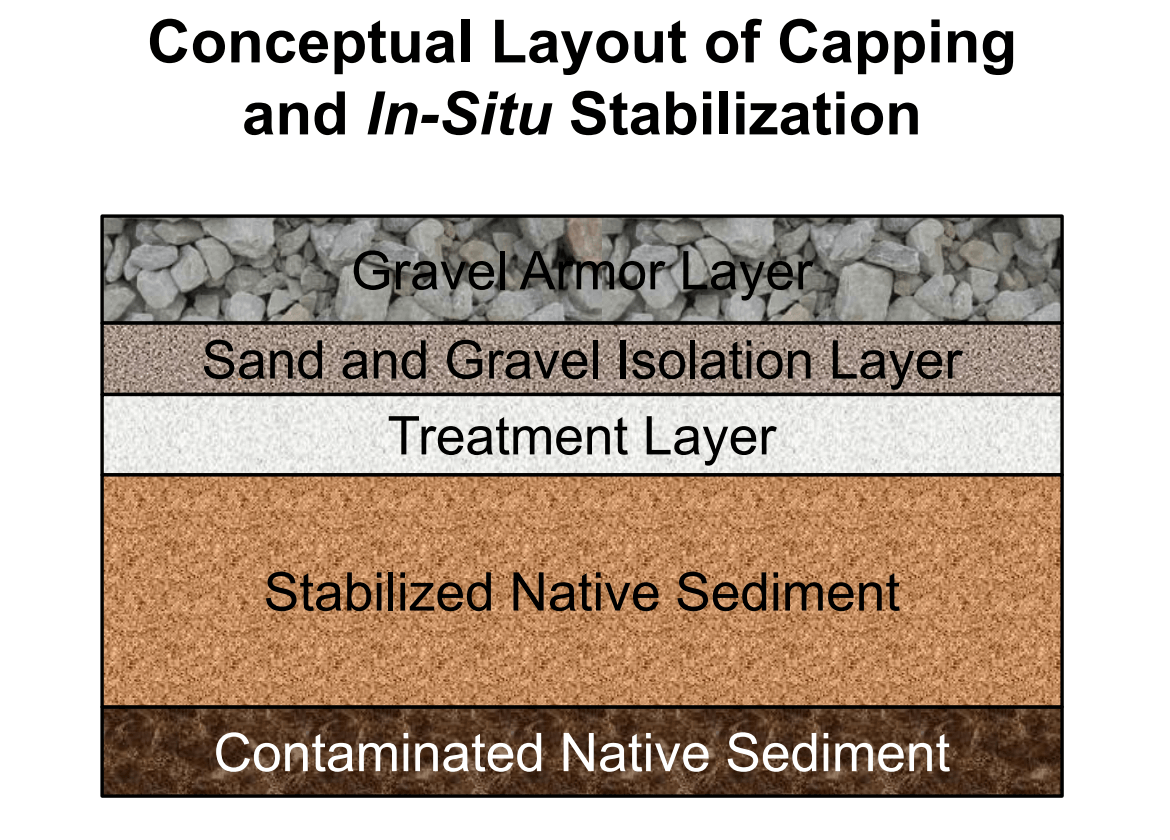In its contentious rezoning proposal, the Department of City Planning reimagines Gowanus as an urban Venice—or something vaguely resembling Miami. The sketches in the Waterfront Access Plan the city presented last year show pedestrians crossing bridges with scenic views of the canal. They show children frolicking in waterfront parks shaded by trees and new residential highrises that shine with glassy, sterile beauty. On the water, rendered in deep blue by the artist, people are kayaking. One can dip an oar into the Gowanus Canal today, but anybody who does should probably be wary of getting splashed. The canal, actually more of a chocolate brown in color, contains pathogens such as typhoid, dysentery, e. coli, and gonorrhea. Many of these diseases, like cholera, which is also present, are found in water contaminated by human feces.
There’s a lot of feces in the Gowanus Canal—millions of gallons of combined sewage and rainwater runoff flow into it every year. Over the waterway’s 160-year existence, human waste has mixed with the oils and tar produced during the area’s industrial past and congealed into a toxic sludge infamously known as “black mayo.” In some stretches, the mayo that covers the bottom of the canal is 10 feet thick. Chemical engineer Christos Tsiamis was tasked with leading the cleanup of this super-centennial mess in 2010, when the Environmental Protection Agency (EPA) declared the site a Superfund, mandating its remediation. When he and his colleagues conducted an investigation into how to best go about doing this, Tsiamis explained, they discovered that simply dredging the gunk out wouldn’t suffice. “So once you remove the black mayonnaise, you’d expect that you would have a clean bottom of the canal, right? But you don’t.” The pollutants have infiltrated the original sediment below, he said. Left untreated, remnants of the black mayo and other toxic compounds will seep back up into the water.
Tsiamis’s team of engineers can’t decontaminate the sediment, but they can trap the pollutants it contains in place. To do this, they have opted for a relatively new approach called in-situ stabilization, in which barges carrying drilling equipment will inject a specially crafted cement mix into the most heavily contaminated areas of the canal—usually those located near erstwhile industrial buildings. The mix causes a chemical reaction that prevents pollutants from being released back into the water. Identifying what areas of the waterway needed to be stabilized in the first place could have been a tricky job, Tsiamis said, had it not been for another innovative technology: TarGOST. Short for Tar-specific Green Optical Screening Tool, this equipment uses lasers to precisely map underground tar deposits. “It’s complicated to explain,” he chuckled.
In-situ stabilization had never been tested in saltwater. To make sure it would work in the brackish Gowanus Canal, Tsiamis and his team carried out pilot tests in 2015. According to a paper published by the American Society of Civil Engineers last month, stabilization may turn out to be even more effective at containing pollutants when used in salty environments. The paper, co-authored by Tsiamis, found that cement-stabilized layers exposed to the canal’s waters may become coated with salt crusts, making them even less permeable. Yet, while heavy contaminants like tar can be held in place by the cement, lighter ones will inevitably seep through. Tsiamis and his team will address this by deploying a layer of absorbent clays and activated carbon on top of the cement-stabilized sediment. This “cap” layer, which will be applied throughout the canal, will keep the water clean for a century, said Tsiamis. Just to make sure, though, the entire sediment cake will be topped with sand and gravel for extra insulation.
After years of testing pioneering approaches and technologies, the EPA engineers are gearing up for the actual cleanup. Tsiamis and his team have been mobilizing equipment and scouting for offsite facilities to which to ship the black mayo once it’s been removed—eventually, it will be mixed with cement, solidified, and used as cover material in landfills. Dredging on the canal is scheduled to begin mid-November.
To ensure its remediation efforts aren’t for naught, the EPA has tasked the city’s Department of Environmental Protection with the construction of two retention tanks that will hold the sewage that currently overflows into the waterway when it rains. Located at the top and middle of the canal, the tanks will have a storage capacity of 8 and 4 million gallons respectively. In late July, however, Tsiamis informed the Gowanus Canal Community Advisory Group, a local organization that liaises with the EPA, that the city had requested federal approval for an extension of up to 18 months on the design and construction of the tanks. The city pointed to budgetary woes brought on by the COVID-19 pandemic as the reason for its request, but the EPA has asked for additional information before deciding whether to grant the extension. Tsiamis wrote in an email that he does not expect a decision will be made for several weeks.










One Comment
Please, we cannot compare Gowanus to Venice as that italian city is rotting and collapsing as we speak…from overuse. But the gowanus is unique in its problems: it has been treated as a sewer for years. and there is no natural drainage…water flows in and can’t get out. raw sewage pours in when there is sewer overflow. And there are new apartment houses that now abutt its shore. It needs a massive pumping station…more important..it needs a commitment from all municipal agencies to fix a problem that is nearly 100 years in the making.